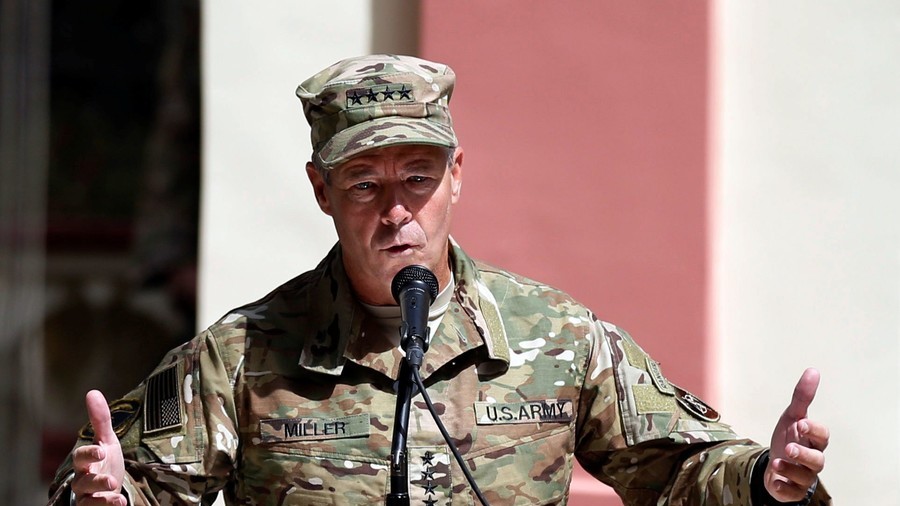hilarious!
What was the Taliban government there? It was basically ISIS style political salafi extremism
Nope.. its not.
The Taliban emerged as a force for social order in 1994 in the southern Afghan province of Kandahār and quickly subdued the local warlords who controlled the south of the country. By late 1996, popular support for the Taliban among Afghanistan’s southern Pashtun ethnic group, as well as assistance from conservative Islamic elements abroad, had enabled the faction to seize the capital, Kabul, and gain effective control of the country.
Resistance to the Taliban continued, however, particularly among non-Pashtun ethnic groups—namely, the Tajik, the Uzbek, and the Ḥazāra—in the north, west, and central parts of the country, who saw the power of the predominantly Pashtun Taliban as a continuation of the traditional Pashtun hegemony of the country. By 2001 the Taliban controlled all but a small section of northern Afghanistan.
World opinion, however, largely disapproved of the Taliban’s social policies—including the near-total exclusion of women from public life (including employment and education), the systematic destruction of non-Islamic artistic relics (as occurred in the town of Bamiyan), and the implementation of harsh criminal punishments—and only a few countries recognized the regime. More significant was the fact that the Taliban allowed Afghanistan to be a haven for Islamic militants from throughout the world, including an exiled Saudi Arabian, Osama bin Laden, who, as leader of al-Qaeda, stood accused of organizing numerous terrorist attacks against American interests.
The Taliban’s refusal to extradite bin Laden to the United States following the attacks on the World Trade Center in New York City and the Pentagon outside Washington, D.C., on September 11, 2001, prompted a military confrontation with the United States and allied powers (see September 11 attacks; Afghanistan War). The Taliban was subsequently driven from power.
Taliban insurgency against U.S. and NATO forces continued in the years following the Taliban’s ouster. The Taliban funded its efforts in large part through a thriving opium trade, which reached record levels several years after the fall of the Taliban. Although expelled from Kandahār by the invasion, Taliban leader Mullah Mohammad Omar reportedly continued to direct the insurgency from an unknown location; he was thought by some to be in Pakistan, although the Taliban denied that.
https://www.britannica.com/topic/Taliban
